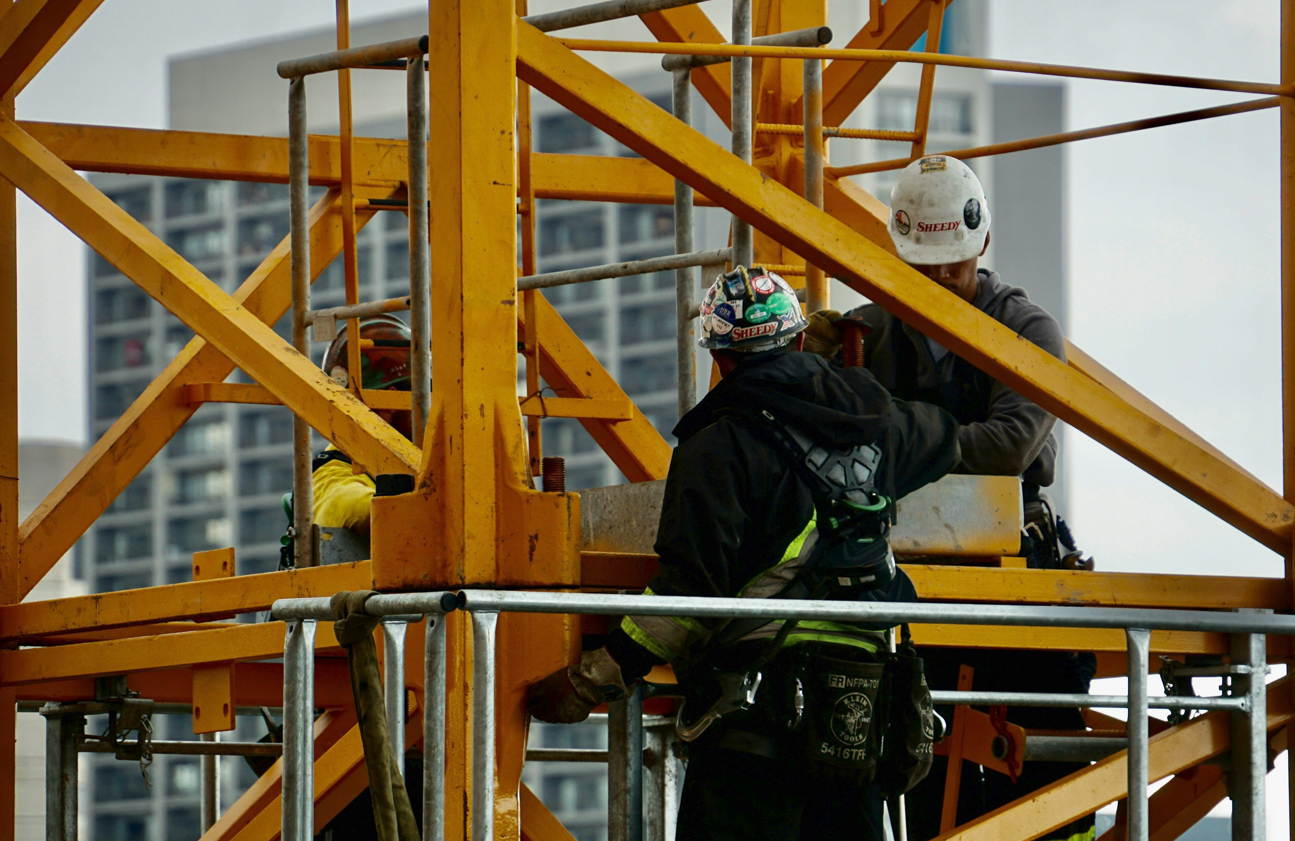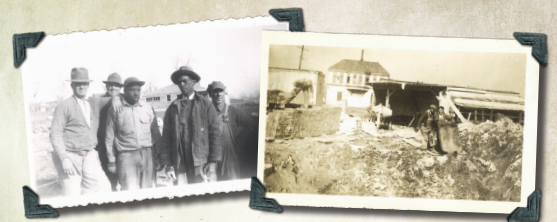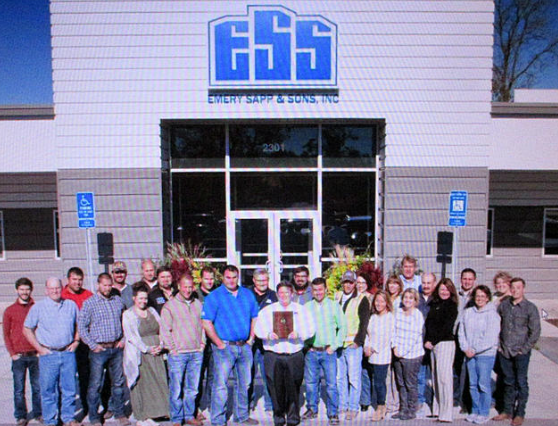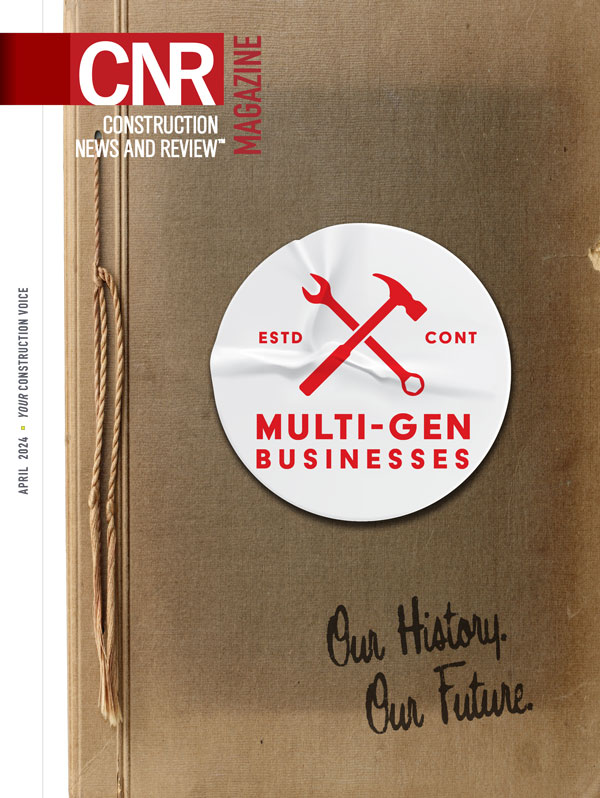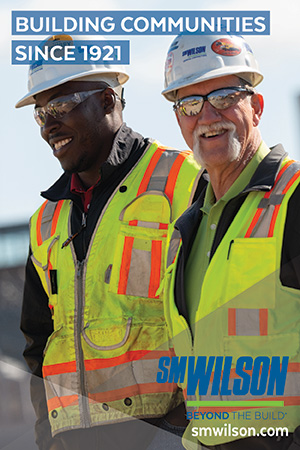Offsite, Prefabrication Methods Contribute to Safer Projects
By EDA GALENO
The popularity of modular and prefab construction is increasing in the construction industry. A commonly cited reason is safety.
According to the Occupational Safety and Health Administration, the top four causes of construction fatalities are falls, struck-by, caught in/between and electrocutions.
Off-site construction in a controlled factory setting lessens those hazards. Prefabrication reduces – and can eliminate – working from heights, the use of ladders and the need to assemble and disassemble scaffolding. The factory environment minimizes struck-by injuries caused by heavy equipment/trucks, falling/flying objects and caught in/between situations. And environmental factors such as weather – wind, rain, snow, and heat do not affect workers – or the construction process.
Additionally, safety supervision is less challenging in a controlled factory setting and less tradespeople are necessary when production can be automated and repetitive.
With less goings-on in a factory to divert a worker’s attention, tradespeople can focus on one part of the construction process during the manufacture of building components. And ultimately, prefab can produce not only a safer environment but also a well-organized workflow and process.
“When considering modular and prefab construction, we’re still seeing some traditional safety hazards,” says Carl W. Heinlein, senior safety consultant, American Contractors Insurance Group. “Those include falls, slips, trips, contact with objects and equipment, overexertion and strains. But in comparison, it’s a third of the amount we’d see in jobsite construction.”
Research from around the world shows that modular building is a safer worker environment, adds Heinlein, due to falling factors when performing off-site on ground assembly instead of working from heights. “Off-site factory production is a more stable work location. Workers and team members are used to tasks and they are familiar with risks and avoiding tight work spaces that typically occur on building sites. It’s easier to monitor site activities such as heights, pinch points and moving equipment. The manufacturing set up is more controlled and less dynamic.”
Heinlein notes that there is much less time spent on the construction site. “Fewer contractors and workers are typically required due to the efficiency of the prefabricated process,” he says.
Doug Devlin, Holland Construction Services safety director, agrees.
“We’re seeing more and more modular and prefab construction in the field,” says Devlin. “Not everything is being constructed offsite, but a lot of things that were done out in the field are starting to be shop-manufactured.”
Holland’s teams build a sizable number of multifamily projects.
“We deliver a lot of wood-frame, large residential and apartment/condo construction,” Devlin says. “Instead of building them stick by stick or two by four, we have those sections prefabricated. Our supplier builds entire wall sections or wall panels that will be fabricated in the shop. We also do so with the floor trusses and sometimes even floor sheathing. It’s a tremendously safer way to put those sections of a building in place.”
But modular construction is not without its own set of hazards and safety exposures. These include handling and transportation of the modules from the factory to the jobsite, and also hazards connected with installation.
There are new hazards to consider, says Heinlein. “There is the need to secure loads during lifting, storage and transport prior to installing prefabricated items safely. Tractor trailers, oversized loads and possibly the use of a crane could be used to lift the modules,” he adds. “These issues increase exposure to different hazards…but with proper preplanning and coordination, they can be addressed safely.”
On and off-site construction is regulated by OSHA, but the safety standards differ, says Devlin. “Work taking place on construction sites follow OSHA Construction standards, but components fabricated in a shop-type environment are regulated by the OSHA General Industry Standards,” he clarifies. “When beginning work in a factory and assembling components on a jobsite, both standards apply in each individual environment. So it’s important to know the rules and understand where and when they apply in the construction process.”
Fresh Content
Direct to Your Inbox

YOUR CONSTRUCTION VOICE IN ST. LOUIS AND BEYOND
Join CNR Magazine today as a Content Partner
As a CNR Content Partner, CNR Magazine promises to support you as you build, design and engineer projects not only in and around St. Louis, but also across the U.S. CNR is equipped and ready to deliver a dynamic digital experience paired with the top-notch, robust print coverage for which you’ve always known and respected the magazine.

